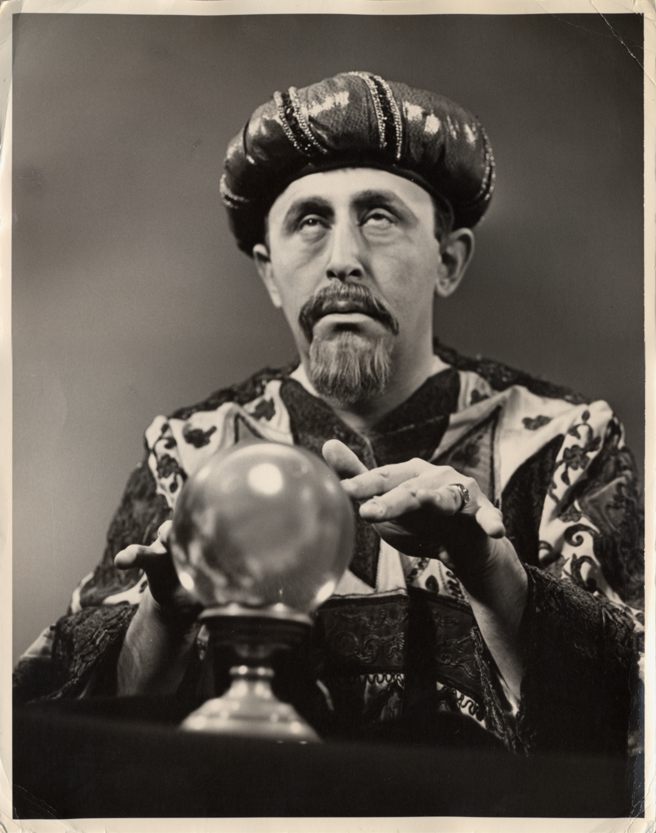Last week I wrote an Afterword for a book to be published by Palgrave Macmillan. It’s about advertising to the 50+ market in Japan.
One subject covered is consumer reaction to all those age-related illness and prescription drug commercials. Through the years I’ve blogged about this a bunch of times. So I exhumed a few posts, chopped and tossed bits and pieces together, and much of the info ended up in the Afterword. The raw ingredients:
16 September 2009
Boomer Backlash II
… Why couldn’t it have been a car? Laundry soap? A computer? A razor? Anything but some age-related malady:Use only as directed
By Joseph P. Kahn
There were glossy pitches for Centrum Cardio multivitamins, AARP supplemental medicare insurance plans, Visine … Contour Meter diabetes testers (now available in five vibrant colors!), Dr. Scholl's Massaging Gel foot insoles, Flomax (for urinary and prostate problems), Wal-Mart prescription-drug services, Children's Benadryl Allergy and Sinus Liquid, Centrum Silver vitamin tablets, Boniva (Sally Field playing a nimble game of Twister with her granddaughter this time), Tena Serenity Pads bladder protection, and One-a-Day 50 Plus vitamins.The Backlash: If every time someone over fifty sees a commercial targeting them and it’s always for an age-related product or service, pretty soon their eyes will glaze over, they’ll get itchy and grumpy.
I guess during the last few years of television watching I’ve been ignoring these spots because they annoy me. I’ve treated them as white noise. But because I’d just finished writing about them again, over the last week they’ve been jumping out and assaulting me. Not pleasant experiences.
And not much has changed. We’re still portrayed as smiling, vapid pod people:
At first it was refreshing to see folks over forty-five portrayed in ads and on the web—but now almost every 50+ site is centered around generic photos of smiling, vapid, mindless people in their fifties and sixties, usually in warm-up suits, always prancing around beaches, if not staring lovingly at one another, then in groups, arms draped and tucked every which way like groping octopi.

But we look pretty good, usually. Although during all this surreal sashaying, the voice overs warn us not all is well. We’re really quite ill. If not from whatever affliction we have that we’re taking drugs for, then from the beastly side effects.
Talk about cognitive dissonance. I can’t wait to get back to the white noise.
Just for fun:
‘They're Grreeaat!’: The Enduring Charm of Advertising Characters
Tony the Tiger, the Jolly Green Giant, and Mr. Clean give a likable human face to their products.
More about Warren Dotz




 17 April 2015
17 April 2015 

 … The common term used for such places is “Planned Communities.” However, when presenting planned communities to the public, Baby Boomers could wince at the concept. You know it’s planned, we know it’s planned (What else could it be?)—but “planned” may sound too restrictive to Boomers. We don’t like the idea of anything planned. We want to do it ourselves, construct our own lives. Let us sustain the illusion, or a partial illusion: communities are not planned. We do not want to live in prefab theme parks …
… The common term used for such places is “Planned Communities.” However, when presenting planned communities to the public, Baby Boomers could wince at the concept. You know it’s planned, we know it’s planned (What else could it be?)—but “planned” may sound too restrictive to Boomers. We don’t like the idea of anything planned. We want to do it ourselves, construct our own lives. Let us sustain the illusion, or a partial illusion: communities are not planned. We do not want to live in prefab theme parks …
 The mobile/social media soothsayers will have you believe that there is this unknown, magical mode of persuasion that has never been thought of before – and will reveal itself any day now.
The mobile/social media soothsayers will have you believe that there is this unknown, magical mode of persuasion that has never been thought of before – and will reveal itself any day now.  … In 2010, Ms. Strauch published “The Secret Life of the Grown-up Brain: The Surprising Talents of the Middle-Aged Mind,” which concluded that certain cognitive functions peak fairly late, when people are in their 60s.
… In 2010, Ms. Strauch published “The Secret Life of the Grown-up Brain: The Surprising Talents of the Middle-Aged Mind,” which concluded that certain cognitive functions peak fairly late, when people are in their 60s. 07 May 2010
07 May 2010

 … In the end, says Mr Kohlbacher, all managers will have to find ways to market to the old without either offending them or putting off younger consumers. They might start by actually talking to the elderly, who have more experience of shopping, after all, than anyone else.
… In the end, says Mr Kohlbacher, all managers will have to find ways to market to the old without either offending them or putting off younger consumers. They might start by actually talking to the elderly, who have more experience of shopping, after all, than anyone else. I Have The Wrong Wrinkles
I Have The Wrong Wrinkles